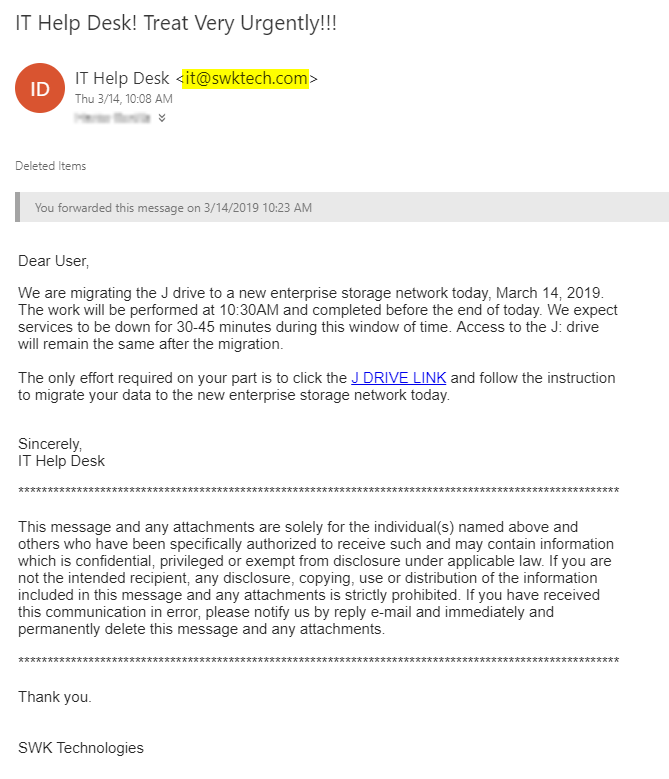

- #Smbup no write permission full
- #Smbup no write permission password
- #Smbup no write permission windows
Make note of the username and passwordĢ.-Set the permissions of your shared folder.Ģ.2.-Open Sharing and select File SharingĢ.3.-Ensure File Sharing is "Off" (unchecked) or, at least, Windows File Sharing (SMB) in Options.Ģ.4.-Under File Sharing, in the Shared Folders section, click the "+" button and select the disk or folder you want to shareĢ.5.-For the selected shared folder make sure to set the Read & Write permissions you wishĢ.6.-Add the user created in step 1 by pushing on the "+" button and selectingĢ.7.-Set the permissions for the user from step 1 to read & writeĢ.8.-Ensure File Sharing is "Off" (unchecked) or, at least, Windows File Sharing (SMB) in Options (it really needs to be off!)ģ.1.-Open /Applications/Utilities/terminal.appģ.2.-Add and enable the user (each command is a single line, with "enter" at the end, "username" is the short username for the user created in step #1)
#Smbup no write permission full
I decided to try and make the instructions clearer from scratch.Ġ.1.-Delete the shared folder from SMBUp (select and click the delete key)Ġ.2.-Remove the configuration from the scannerĠ.3.-Remove any user you might have created especifically for this in SMBUpġ.4.-Click the "+" button to add a new user and select "Sharing Only" from Pop-upġ.5.-Set the Full Name, Account Name (username) and password.
#Smbup no write permission password
(in both cases you should be asked for the password, use the same username and password you used originally)Ĭ.-Make sure the shared folder you're sharing has permissions to share with the newly-created user. Sudo /opt/local/bin/smbpasswd -e username Sudo /opt/local/bin/smbpasswd -a username Only do this if you don't have any other accesses or shared folders, since essentially it's opening up your shared folders to the network (if it makes them work you can disable one or the other to find which one did it).ģ.-If the above doesn't help you (although #1 should be mandatory) you can try creating a share-only user and use that to connect:Ī.-In the Accounts system preferences sections create a new user as "sharing only", take note of the short username and password.ī.-Open the terminal and create the special user for Samba: The former forces all connections to your shared disk to be mapped to your user and the latter forces all "guests" to be mapped to your user. In case it's falling back to guest access you can change the "force user" line in the "Advanced Shared Disk Settings" to be "cjdery" and the "guest user" in the "Advanced Server Configuration" to "cjdery". This means that either it's falling back to a "guest" account or failing to connect.

You are using a local user ("cjdery") but Samba doesn't know about it. If you were sharing "/Users/cjdery/Public" then the destination path should be "/Scans".Ģ.-User permissions are sort of weird for Samba, in the sense that you have to create local users for Samba but they must be shared with the local users. When you're sharing "/Users/cjdery/Public/Scans" then for the remote machine this whole path is "/". 1.-The "remote path" you're defining (destination) is specifying a path that doesn't match the folder you're sharing.


 0 kommentar(er)
0 kommentar(er)
